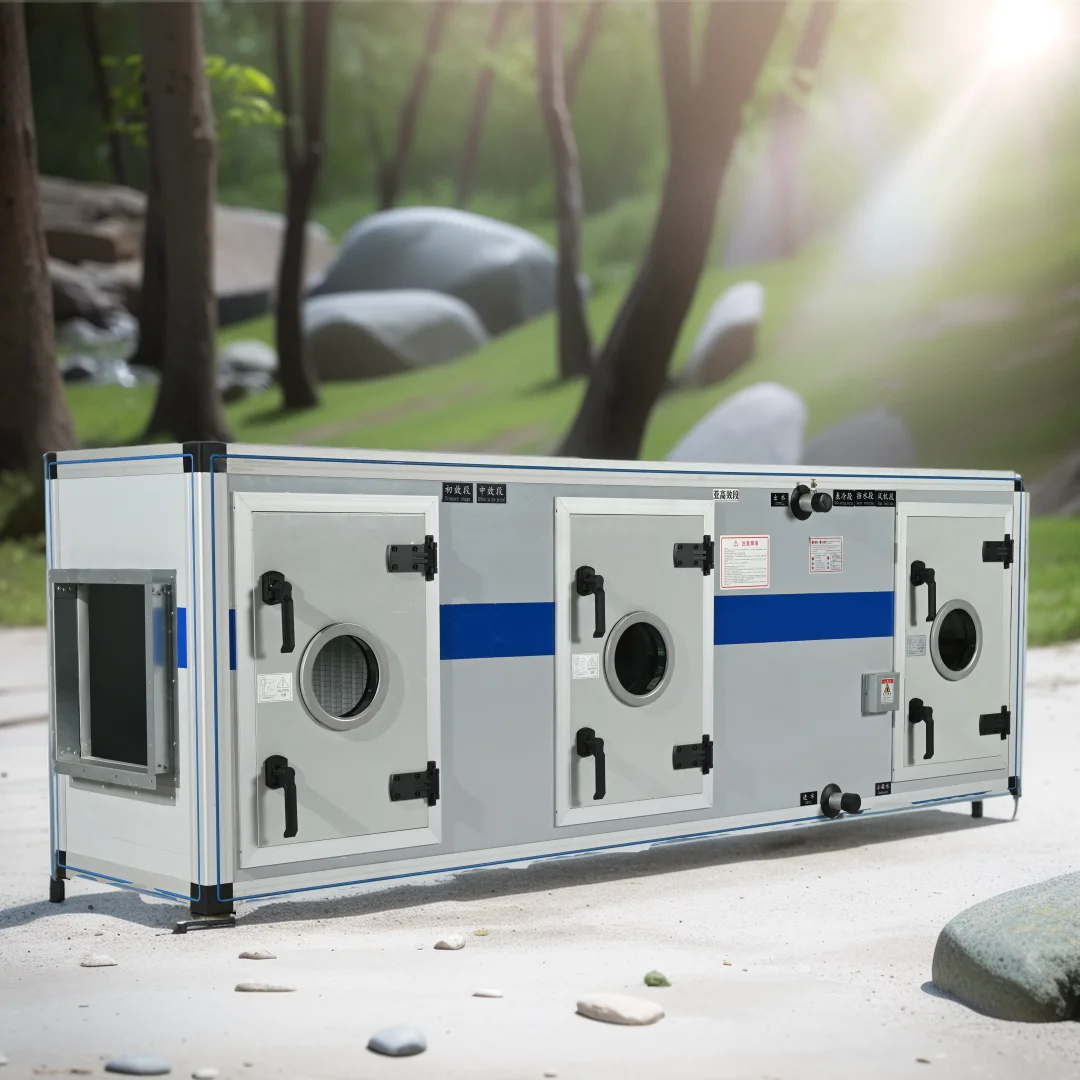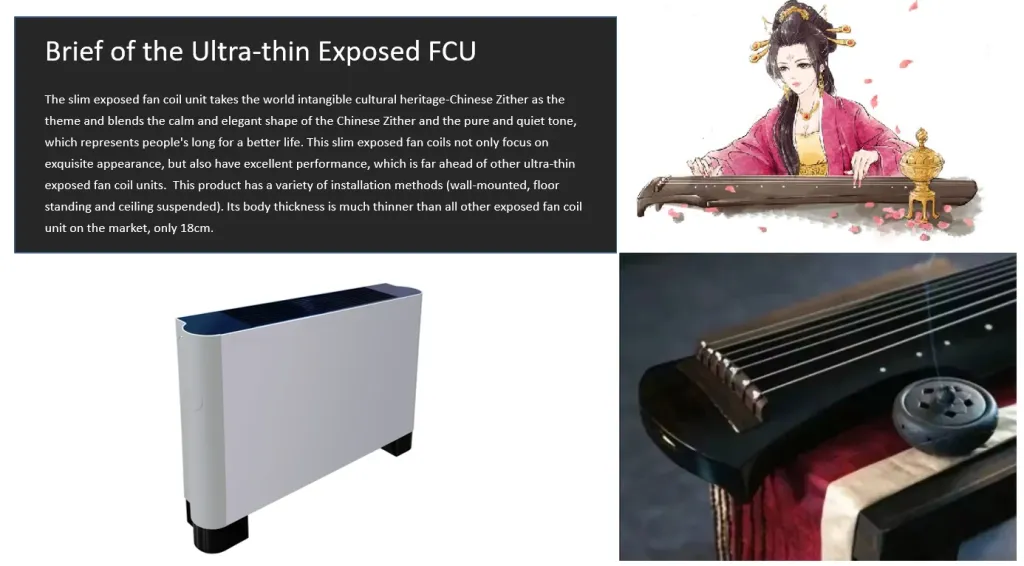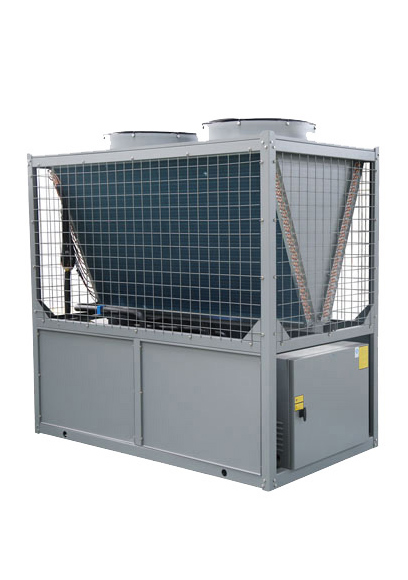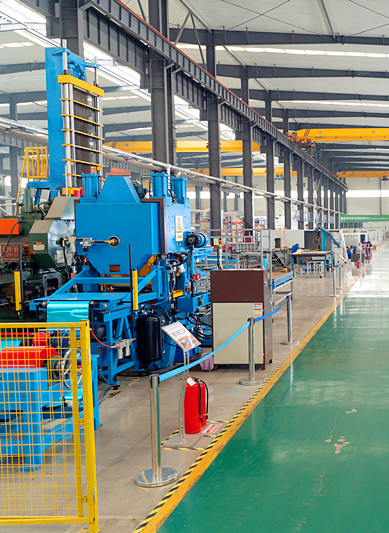 Phenomenon
Phenomenon: A train air conditioner room is located in the basement, and the air supply and return ducts are brick air ducts except the steel plate air ducts in the room. The small branch pipe was connected to the steel air duct, so there was no wind at the air outlet during the test run. However, the air volume in the air conditioning box reaches the design value, and it is obvious that the air leaks through the air duct.
Reason: The leak was found after multi-party inspection, because the openings of brick vertical duct and horizontal branch duct were not connected. Some connections are not tight, and the wind leaks to the structural parts of buildings, but not to the air supply outlets.
Countermeasures: All the joints between brick air duct and steel plate air duct have been inspected and reworked before the problem is solved. That is, the concrete frame is embedded in the brick air duct, and the flange is tightly connected with expansion bolts when the air duct is to be installed.
Phenomenon: There is a section of horizontal brick air duct in a project, which is of double-layer structure. During the trial operation, the air volume is greatly reduced, which affects the ventilation effect.
Cause: The horizontal brick air duct is filled with garbage, which makes the ventilation suffer an obstacle.
Countermeasures: A hole was drilled from the side wall to clean up all the rubbish in the pipe, and then the hole was built to death. Only then did the wind pass through, but there was still dirt and dust in the blown wind, which was not clean.
Phenomenon: The brick vertical air duct used for exhaust in a hotel bathroom failed. The guest room is a fan coil unit plus fresh air system. The exhaust from the guest room enters the top horizontal steel plate air duct through the brick exhaust vertical duct from the bathroom, and is discharged to the outdoor by the exhaust fan of the machine room on the top floor. In addition, the exhaust of the single-storey guest room depends on the positive pressure of the room, and is directly discharged from the bathroom to the outdoor by the exhaust vertical duct and air duct.
After being put into use, it is found that the air conditioning in guest rooms is very good, but the exhaust effect in most bathrooms is very poor. The guest room can't exhaust, and the bathroom exhaust effect is very poor.
The exhaust system is responsible for the exhaust of toilets in 50 guest rooms. The building is a two-story building with a long horizontal pipe. The distance from the farthest exhaust point of the system to the fan suction is 73m, while the nearest exhaust fan suction is only 5m, with a difference of 58m. Choose 4-79-4A fan. The air volume L=3500mm3/h, the air pressure H=400Pa and the power N=1.1kW ..
At first, the user thought that a large fan was concentrated to exhaust air, and the air volume at the near end and far end was different, so it was difficult to adjust, so a small exhaust fan was added in the bathroom. It doesn't work after adding it. Some people think that it will be effective after the change, but some people think that it will not work either. What exactly is the problem? There must be some reasons, which should be thoroughly analyzed from the aspects of design, construction and operation.
Reasons: 1) The exhaust fan is running normally, and the air is discharged from the exhaust outlet, but the air in the bathroom cannot be discharged, so there must be a problem with the exhaust pipe. The horizontal air duct is made of iron, so there is no problem, but the problem lies in the brick exhaust shaft.
The size of brick exhaust vertical wind is 510×100 (width), which is very narrow, and the interior is neither polished nor polished, so the air duct is not only unsmooth but also blocked. Especially serious is that d20 is additionally provided with heat insulation for fan coil units. When the hot and cold water pipes are connected to horizontal fan coil units on each floor by pipe wells, they pass through the wall of the small brick air duct.
Connect the pipe well, exhaust shaft and toilet, and the gap around the pipe is very large, so it can't be plugged tightly without plugging. Cause the air in the toilet can't be sucked in, but some air in the pipe well or veranda can be sucked away. It is for these reasons that the addition of a small fan in the bathroom did not work. Therefore, after the small fan blows the wind into the brick shaft, it passes through the hole of the pipeline and returns to the ceiling or tube well of the bathroom along the imprecise place, causing air leakage everywhere.
2) The suction pipe of the exhaust system is too long. The maximum length is 70 m, which is connected to 25 small shafts. Moreover, the resistance of the front and rear air intakes (referring to the toilet exhaust vents) is unbalanced and cannot be adjusted. The maximum cross section of horizontal duct is 400×400.
Countermeasures:
1) It is time to replace the large exhaust fan, increase the exhaust air volume and plug some holes to improve the present situation. But it has not completely solved the problem.
2) Remove the partition wall between the tube well and the exhaust brick shaft, and change it into a steel plate air duct at the original brick shaft position. From the exhaust port of the toilet to the exhaust port of the centralized exhaust fan, all of them are changed into steel plate air pipes, and the horizontal pipes on the top floor are uniformly arranged again to eliminate the inherent resistance imbalance.

 Water source rooftop chiller unit part in HAVC
Water source rooftop chiller unit part in HAVC
 The quietness and efficiency of Guqin series Horizontal Ultra-Thin Concealed fan coil units
The quietness and efficiency of Guqin series Horizontal Ultra-Thin Concealed fan coil units
 Ultra-low temperature air source heat pump principle and core technology
Ultra-low temperature air source heat pump principle and core technology
 Fan Coil Unit Selection And Product Advantages
Fan Coil Unit Selection And Product Advantages